Curriculum
Gildredge House ‘Through-line’ Curriculum
OUR MISSION - ASPIRE, IN ALL THAT WE DO.
At Gildredge House, our vision is clear and underpinned by a strong value-based education where learning in and out of the classroom is prioritised, to support students to achieve their potential and beyond. We have the highest aspirations for our school and every member of our school community.
If you would like to find out more about our curriculum, please contact the School Office on office@gildredgehouse.org.uk
INTENT |
||||
|
What are we aiming to develop and achieve for ALL students? To provide a progressive, ambitious and inclusive curriculum, that is rich in language, for all students, from Reception to Year 13. This: 1. Prepares students for future careers, with appropriate knowledge and skills. 2. Creates aspiration for lifelong learning. Develops independent, resilient people who positively contribute to their own lives and the wider community. |
||||
| General Ethos | Relating to self | Relating to others | Metacognition/ Managing learning | Managing situations |
|
Balanced students who flourish An inclusive, all-through, values-based curriculum Celebrate students’ individual and collective achievements High standards and high expectations of students’ attitude to learning Ready, Respectful, Safe |
Proud of the Gildredge House Way, our uniform and attendance All students to achieve their potential and beyond ASPIRE values |
Culture of care and wellbeing Students to understand their responsibility to be global citizens Engage students in environmental education and action Work collaboratively within our local, national, and global communities |
Learning experiences in and outside the classroom A culture of ‘catching students in’
|
Strong careers programme A learning environment Restorative approaches
|
OUR VALUESAmbition Support Perseverance Integrity Reflection Empathy |
|
Our key identities: Eco School, Golden thread curriculum, Student Leadership, Careers, Literacy |
IMPLEMENTATION |
||||
| How we are going to deliver our curriculum | ||||
| Components | Gildredge House Lesson Culture | Staffing structure | Ready to learn routines | Resources for effective implementation |
|
Cross phase – Reception-Year 13 collaboration on curriculum development Quality first teaching in all lessons. Inclusive learning culture for all Extra-curricular learning Personal development curriculum Tutor Time Programme Assemblies Educational visits and experiences Alternative provisions |
Challenge Explanation Modelling Questioning Feedback AFL Explicit vocabulary teaching Retrieval practice Beautiful books |
Senior Leadership Team Heads of Department/ Phase Leaders Subject Co-ordinators Heads of Year ECT’s/Mentors Peripatetic Staff Subject specialists Careers and Enterprise Co-ordinator Support Staff HLTA’s/TAs |
All students have access to correct equipment Clear expectations around lesson culture and behavior Culture of ‘catching students in' Attendance and punctuality Building strong relationships |
Research-informed strategies Library/ Multimedia Centre ASPIRE Radio station Using experts in the specialist fields Working with local alliances – support, moderation, collaborative events Use of external support services for support with provision and assessment of needs Subject specific classrooms CPD |
Statutory Expectations |
||||||
|
Physical Development |
PSHE/RSE | Literacy | Numeracy | Knowledge and understanding of the world | Art & Design | RE |
|
PE / Music / Drama / Clubs / Fixture |
Careers and Community / Drop-down days / Assemblies / PSHE | English / Phonics / Literacy | Maths | Science / Geography / History / MFL / Computer Science | Art / DT / Food Tech / Photography | PRE |
IMPACT |
||||
| How well and how do we know that we are achieving our curriculum aims? | ||||
| General Ethos | Relating to self | Relating to others | Metacognition/ Managing learning | Managing situations |
|
Behaviour and attendance Performance and accountability Student outcomes Parent Partnership events Stakeholder Voice External and internal Reviews Governor monitoring of our SDP OFSTED |
Behaviour and attendance Student Voice Student leaders Student Council Assessment point data |
Monitoring cycle, internal and external moderation Cultural Capital Parent / Governor / LA feedback |
Participation in extra-curricular activities ASPIRE points Stakeholder Voice Intrinsic motivation |
Self-respect and mutual respect of others Pro-social behaviour strategies, restorative conversations |
The Gildredge House ‘Throughline’ Curriculum demonstrates understanding of how learning progresses and what the expectations are in all subjects from EYFS to Year 11 and how they connect. Staff from Primary and Secondary phases work collaboratively to identify the fundamental features that underpin the learning in each subject including the skills to be developed.
The content of the Curriulum sets out explicitly, the substantive and disciplinary knowledge that students will learn from the foundation stage to post 16, including key concepts, key vocabulary, and endpoints at each stage. As an all-through school, Gildredge House embraces the unique opportunity to thoroughly understand and provide a continuous journey of learning.
By offering a ‘through-line’ curriculum that is contributed to and developed by stakeholders from all phases and subject areas, teachers and students have a clear understanding of where knowledge and understanding has come from, where it currently is and where it leads to.
CURRICULUM IMPLEMENTATION
For information on each Phase, please click on the links below.
